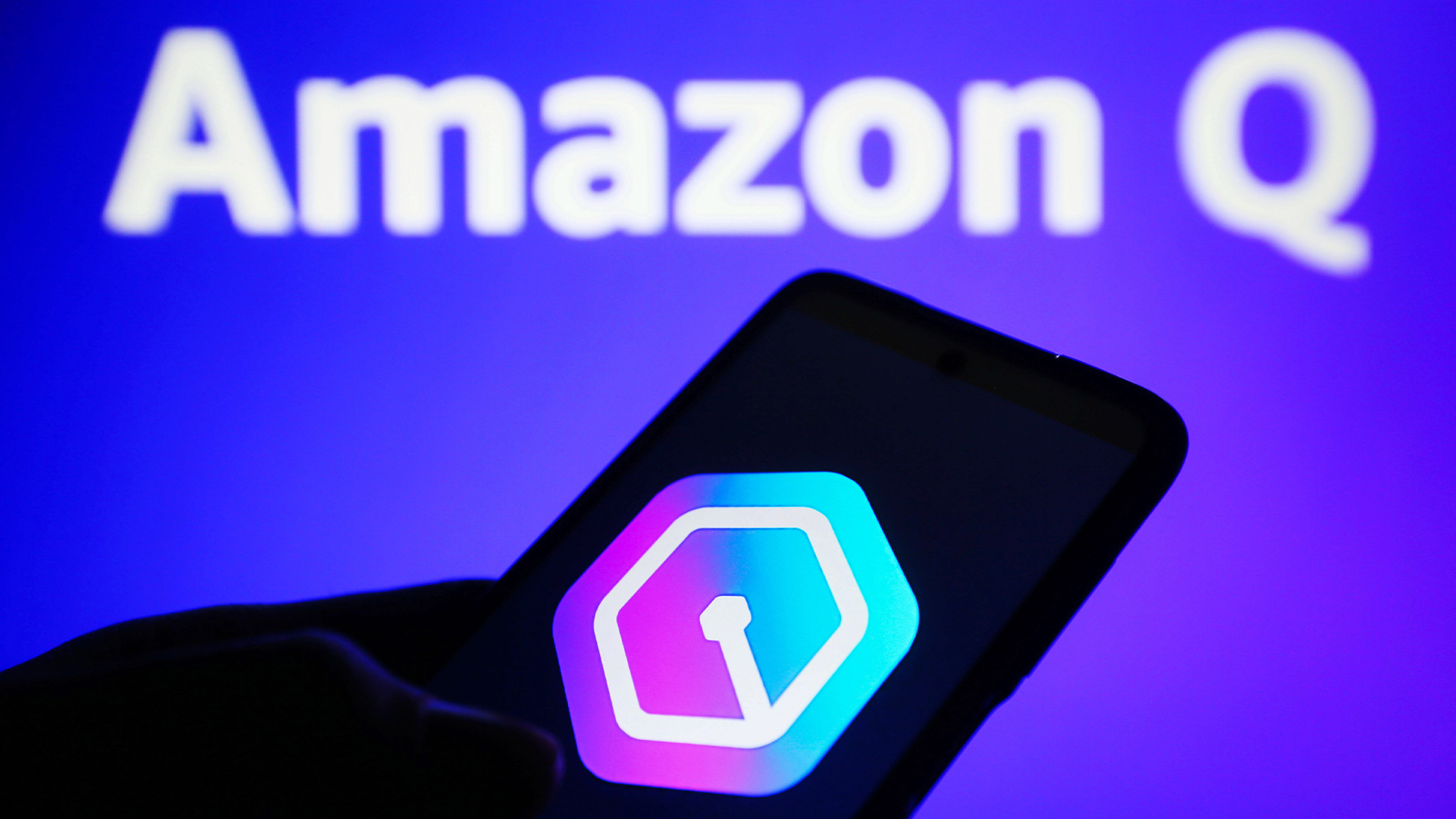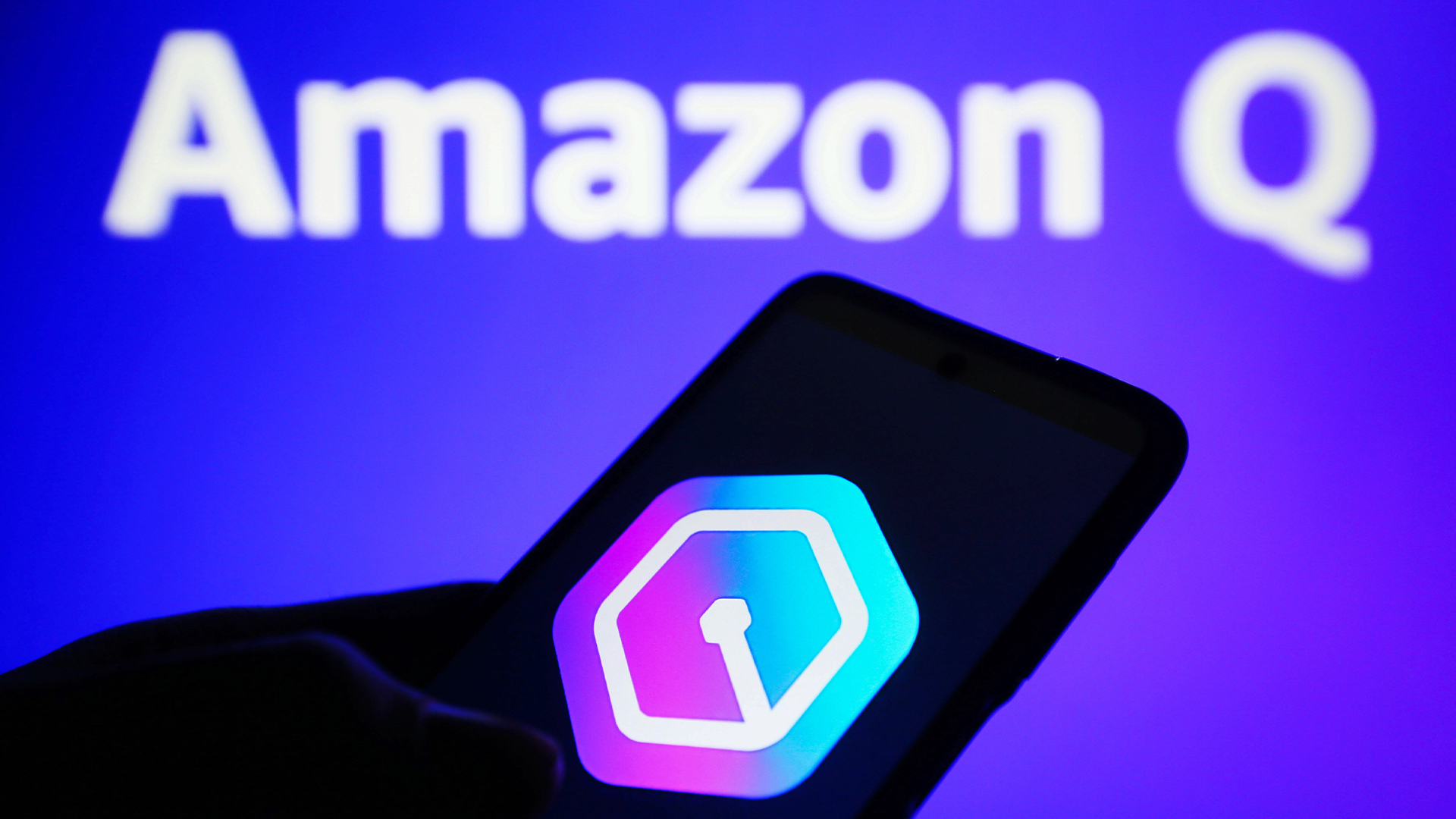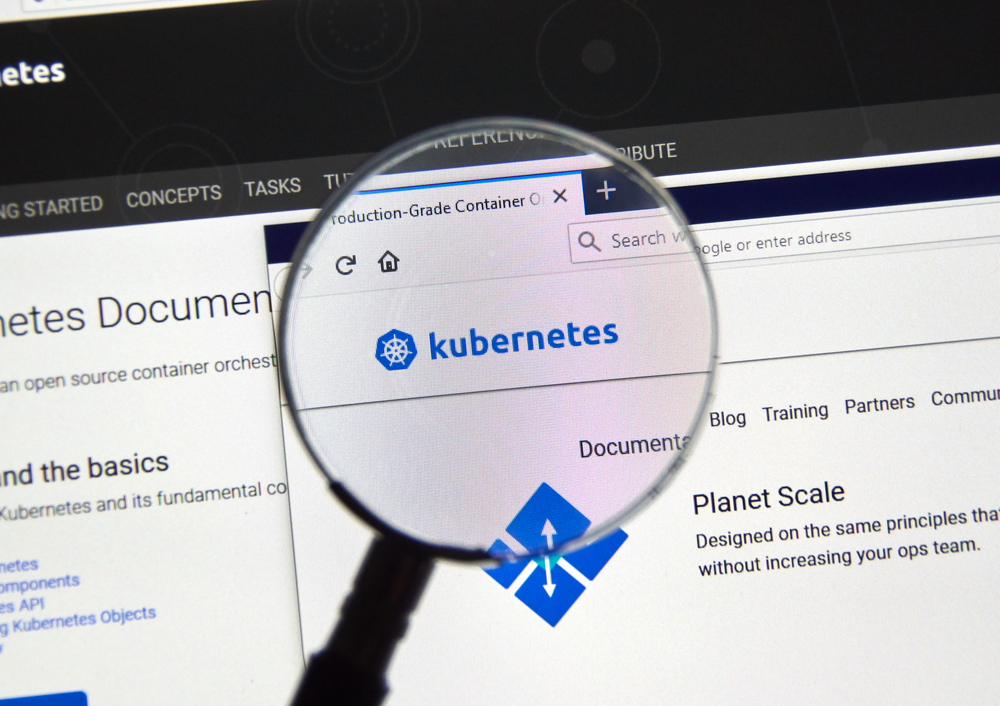Everything you need to know about Amazon Q, including features, pricing, and business tiers
Amazon Q can help developers write code faster and help workers with no coding experience build their own generative AI apps


AWS has announced the general availability of its Amazon Q generative AI developer assistant, the latest entrant into an increasingly crowded market of coding tools.
The tool, unveiled at AWS re:Invent in November last year, can generate code, test and debug code, and has ‘multi-step planning’ capabilities that can allow it to perform Java version upgrades and implement new code generated from developer requests.
When first announced, the move marked AWS’ first major foray into the AI chatbot space, which has become somewhat saturated with a range of tools from competitors such as Google Cloud and Microsoft.
Speaking to ITPro at the conference, IDC analyst Neil Ward-Dutton said the tool could be a key differentiator for the firm in the current generative AI battle between hyperscalers.
What is Amazon Q?
Amazon Q is built on the previous AWS coding assistant Amazon CodeWhisperer, and incorporates some of its features such as in-line code suggestions and security scanning, but adds more features on top of that.
In terms of pricing, there’s a Q Developer free tier, and a Pro option with wider functionality which allows customers to customize the tools to their codebases, at $19 per month per user.
AWS said that developers only spend 30% - or less - of their time on coding, while the rest is spent performing tedious and repetitive tasks. They have to manage infrastructure and resources, troubleshoot and resolve errors, test and refactor code, upgrade applications, and carry out vulnerability scanning.
Get the ITPro daily newsletter
Sign up today and you will receive a free copy of our Future Focus 2025 report - the leading guidance on AI, cybersecurity and other IT challenges as per 700+ senior executives
All of this is necessary but doesn’t help the business to move forward.
“Companies want to empower their developers to spend less time on this coding muck and more time on creating unique experiences for their end users, while being able to deploy faster,” it said.
Amazon Q isn’t just focused on developers, however. AWS said variations of the tool can also be used by staff without developer skills to build apps, and by business analysts and other staff to find information in corporate systems.
According to a survey by Gartner, two-thirds of organizations are piloting, deploying or have already deployed AI coding assistants. GitHub Copilot is the most used and best known of these tools but there are plenty of challengers, including Google Cloud’s Gemini Code Assist and Meta’s Code Llama.
There have been rumors that Apple is working on an AI coding tool of its own, too.
What does Amazon Q offer users?
AWS has detailed a number of features or Amazon Q. Chief among these are coding recommendations for users.
AWS said Amazon Q can generate code suggestions and recommendations in ‘near’ real time. Q can also learn from customers’ internal code base to provide more relevant recommendations. Q keeps these customizations private, and the underlying foundation model does not use them for training.
Andrew Brydon, executive chief engineer at National Australia Bank said Amazon Q Developer has helped his developers complete tasks faster, increasing productivity and minimizing repetitive actions. He said the bank’s developers have accepted 50% of the code suggestions made by Amazon Q Developer.
Another customer, BT Group, said devs were accepting 37% of suggestions, while health tech company Netsmart said it has seen a “strong” code suggestion acceptance rate of 35%.
RELATED WHITEPAPER

“This has allowed our engineers to efficiently generate high-quality code and documentation, implement new features, which can accelerate development cycles, and significantly reduce manual effort,” Netsmart said.
AWS has been keen to highlight the potential of Amazon Q Developer Agents, which can be built by users to carry out tasks such as code refactoring or performing software upgrades.
The firm said developers can ask Amazon Q to add a feature and the agent will analyze the existing application code and generate a step-by-step implementation plan. Developers review and tweak the plan before the agent implements it, applying updates across source files, code blocks, and test suites.
AWS said Q can also automate and manage the upgrade process. Java conversions are available today and .Net conversions are coming soon.
Notably, AWS said a five-person team at Amazon used Q to upgrade more than 1,000 production applications from Java 8 to Java 17 in just two days (with the average time per application at less than 10 minutes). Previously, the company said, many of these applications would have each taken a couple of days to upgrade.
Gerardo Arroyo, CTO of tech company Novacomp said his team had used Amazon Q Code Transformation to help upgrade a project running on Java 8 to Java 17 with over 10,000 lines of code.
This is a task that would take two weeks to manually complete, he said, but Amazon Q did it in minutes. “Since adopting Amazon Q across our organization, we have realized a 60% decrease in average in our tech debt,” he said.
Amazon Q will also include security vulnerability scanning and remediation capabilities. This includes the ability to scan code for flaws, such as exposed credentials and log injection.
Similarly, the tool can suggest remediations tailored specifically to the application code.
IT pros can also ramp up cloud optimization capabilities using Amazon Q, according to AWS.
Amazon Q Developer will be embedded in the AWS console to help users optimize cloud environments, as well as diagnose and resolve errors or networking issues, select instances, and optimize SQL queries.
It includes a new feature to help customers list their AWS account resources, configurations, and analyze billing information and trends.
For example, AWS said IT pros can ask, “What instances are currently running in US East 1?” or “What’s my S3 bucket encryption?” and the tool will list the resources and details.
What is Amazon Q Business?
Q Business is a generative AI–powered assistant that can answer questions, provide summaries and generate content based on data in enterprise systems. It can connect to business tools, such as wikis, intranets, Atlassian, Gmail, Microsoft Exchange, Salesforce, ServiceNow, Slack, and Amazon S3.
“Simply point Q at your enterprise data repositories, and it will search all of your data, summarize logically, analyze trends, and engage in dialog with end users about the data,” AWS said.
With Amazon Q in QuickSight, Amazon’s business intelligence service, analysts can use natural language to build BI dashboards in minutes and easily create visualizations and complex calculations.
Ed Sarausad, senior director of Data & Analytics at GoDaddy said Amazon Q in QuickSight allows its staff to ask our data contextual business questions without having to constantly rely on ad-hoc dashboards.
“For example, now we can much more easily discover and drill into anomalies in business performance across the company,” he said. Amazon Q Business is charged at $3 per month for the ‘Lite’ version and $20 for the ‘Pro’ version.
What is Amazon Q apps?
AWS also detailed Q Apps, currently in preview, which is said can allow employees to create generative AI-powered apps based on their company data, “without requiring any prior coding experience”.
AWS gave the example of creating an employee onboarding app.
“With Q, an HR professional could simply describe they want an app that will create an onboarding plan for a new employee that utilizes the company’s existing best practices, and has an input field for employee ID that personalizes the onboarding plan to their role by drawing from internal data sources specific to their job family,” AWS said.
Steve Ranger is an award-winning reporter and editor who writes about technology and business. Previously he was the editorial director at ZDNET and the editor of silicon.com.
-
 Bigger salaries, more burnout: Is the CISO role in crisis?
Bigger salaries, more burnout: Is the CISO role in crisis?In-depth CISOs are more stressed than ever before – but why is this and what can be done?
By Kate O'Flaherty Published
-
 Cheap cyber crime kits can be bought on the dark web for less than $25
Cheap cyber crime kits can be bought on the dark web for less than $25News Research from NordVPN shows phishing kits are now widely available on the dark web and via messaging apps like Telegram, and are often selling for less than $25.
By Emma Woollacott Published
-
 AWS expands language support for Amazon Q Developer
AWS expands language support for Amazon Q DeveloperNews AWS has expanded support for languages in Amazon Q Developer, making it easier for developers to code in their first language.
By Nicole Kobie Published
-
 Redis insists license changes were the “only way to compete with Amazon and Google” — now it could face a user exodus
Redis insists license changes were the “only way to compete with Amazon and Google” — now it could face a user exodusNews Redis sparked controversy when it announced licensing changes in March this year – but the company believes the move was warranted
By Ross Kelly Published
-
 AWS CEO Matt Garman thinks AI coding tools could herald the end of the developer as we know it – but there's light on the horizon for worried devs
AWS CEO Matt Garman thinks AI coding tools could herald the end of the developer as we know it – but there's light on the horizon for worried devsNews With the advancement of AI coding tools, some tech leaders believe developer role requirements could rapidly evolve in years to come
By Solomon Klappholz Published
-
 AWS App Studio lets users create custom applications in minutes using AI
AWS App Studio lets users create custom applications in minutes using AINews The new AWS App Studio platform will come with built-in governance tools to maintain oversight over application development
By George Fitzmaurice Published
-
 Amazon Q's foundations separate it from ‘monolithic’ competitor AI tools
Amazon Q's foundations separate it from ‘monolithic’ competitor AI toolsAnalysis AWS may be a latecomer to the AI assistant race, but Amazon Q offers a compelling tool for customers
By Ross Kelly Published
-
 Amazon CodeWhisperer updates could be a game changer for shifting left
Amazon CodeWhisperer updates could be a game changer for shifting leftNews CodeWhisperer offers productivity improvements across the developer lifecycle
By Ross Kelly Published
-
 Amazon to become Microsoft 365 customer in landmark $1 billion deal
Amazon to become Microsoft 365 customer in landmark $1 billion dealNews The Microsoft 365 deal marks a major pivot for Amazon, which has traditionally avoided using rival cloud products
By Ross Kelly Published
-
 Five ways to reduce Kubernetes costs
Five ways to reduce Kubernetes costsTutorials With cutting expenditure a business imperative, there are several ways enterprises can reduce Kubernetes costs
By Ross Kelly Last updated